The Matter of 3D Printing
Intro
Does home 3D printing work well enough - and is the learning curve manageable - for it to become a practical, useful, and sustainable tool in the hands of ‘normal people’? Especially when it comes to real-world cycling problems?
Or is it just another shiny tech fad - fun at first, but ultimately frustrating and disappointing?
If 3D printing demands a background in engineering or physics to deliver consistent, high-quality results, it’s not a tool; it’s a toy—or worse, a never-ending experiment.
Background
I’ve been tracking 3D printing for over a decade, with an eye toward both personal and professional applications—especially in maritime safety and security. From its early promise to revolutionize structural design and supply chains, to today’s accessible desktop machines, I’ve wondered: when does the promise become practice?
Metal and plastic printing were leveraged by bike companies earlier than many other industries, with the exception of aerospace. That domain follows the same heuristic familiar to cyclists: LIGHT, STRONG, CHEAP: pick 2. Aerospace needs light and strong, but they don’t need cheap. Ultimately, reducing the weight of airplane components, even if expensive up front, translates to fuel conservation, which accumulates over the aircraft’s operational life. Here’s an example:
Reducing the weight of a single component by just 200g can save up to 6.75 metric tonnes of fuel and $8,438 per aircraft over 15 years. When applied fleet-wide, the savings scale dramatically.
This weight-saving example may seem modest, but it illustrates a key concept. In aerospace, similar strategies have been applied to components like hinges, resulting in weight reductions of several kilograms per aircraft. The relationship between aircraft weight and operating costs is a well-understood ratio, and it plays a significant role in determining the overall cost of a plane.
Aerospace demand has undeniably driven the development of additive manufacturing capabilities. In this industry, it's common for manufacturers like Boeing to produce custom components for aircraft, often integrating systems and parts from various vendors—essentially acting as 'systems integrators.' Spacecraft take this even further, with a higher proportion of custom components tailored to specific mission needs. Borrowing from the Ripstop on the Record podcast, the decision to create custom versus off-the-shelf components usually boils down to three factors: time, price, and features. While price is a consideration, as mentioned earlier, it isn't the primary driver. In aerospace, 'features' are paramount, given that many components are safety-critical or essential to mission success. Time (specifically supply chain considerations) is also crucial, especially when rapid iterations are necessary during product and system development. In such cases, custom manufacturing plays a vital role in the transition from development to production.
This Garmin mount was produced using an open-source STL file from Printables. The accessibility of freely shared, well-designed models like this is a core strength of the 3D printing ecosystem, enabling rapid prototyping and practical part production
In the cycling industry, plastic 3D printing has enabled engineers and builders to rapidly prototype frame components, facilitating numerous design iterations before committing to production runs with expert fabricators. It's reasonable to distinguish between the prototyping phase, referred to as '3D printing,' and the production phase, known as 'additive manufacturing' (AM).
Many cyclists, myself included, have observed the emergence of 3D-printed and AM frame components and standalone products in recent years; but is it feasible to produce these items at home? While some folks may be drawn to 3D printing as a robotics hobby, involving programming and optimizing machines, the continuous introduction of new materials offers endless opportunities for experimentation with novel forms, structures, and solutions. Without a doubt, some are drawn to 3D printing out of necessity—a driving force behind innovation. The challenge of solving specific problems often accelerates learning and development. A pertinent question arises:
Does home 3D printing work well enough, with a steep enough learning curve, to be a realistic, practical, useful, and sustainable tool for solving real-world cycling issues in the hands of ‘normal people’?
If achieving consistent, high-quality results with 3D printing requires extensive engineering or physics expertise, it functions more as a toy—or worse, an endless experiment—than a practical tool.
3D printing is still artisanal. It still takes time an a scientific mind to work through nuances of print orientation for many designs. The print above was a miss; not a big deal, as very little filament was consumed.
In two months I’ve gone from total beginner who didn’t know what ‘PLA’ was to a guy who’s printed more than 200 hours of open-source files covering organization, tools, and bike accessories, along with a few custom designs I developed from zero background using 3D modelling (Computer Aided Design / CAD) software. My learning curve has been steep, far more so than if I didn’t have access to Chat GPT and a whole lot of really outstanding content from YouTubers. I also have a high comfort level with technology, and a lot of experience working with mechanical systems, so while my curve might not be ‘average’, I doubt it’s exceptional.
There are so many rabbit holes here…. I’ll keep this constrained, focusing on the use-cases I had in mind up front in my ‘journey’, and what I’ve learned that surprised me. All of this will revolve around LIGHT, STRONG, CHEAP: Pick 2 (LSC2).
Use Cases:
Custom designs
Useful tools and solutions that are a pain to source
Practical accessories
Home things maybe?
Surprises
Designing and making unique designs / solutions is fun if you’re able to learn at a rate that roughly meets your expectations. We’re fortunate to have access to countless YouTube tutorials for all manner of process, and ChatGPT is an invaluable assistant.
Custom Designs
I’d been thinking about building custom on-bike storage modules for years, because these are typically only built for a small number of off-the-shelf bikes, and when made out of plastic, need to be very specifically fitted if they are to not negatively impact a bike’s aerodynamic performance. I wanted to try to build aero-enhancing modules for one or more of my dropbar bikes.
LSC2: Custom modules for storing tools, tubes, clothing, food, camping gear, etc., are typically made from engineered fabrics, like XPac from Challenge Sailcloth; there are many fantastic examples out there. In simplified terms, the bike in base form is a ‘platform’ that accepts ‘payloads’. Our water bottles and head units, for example, are ‘modules’ that perform specific functions, and they are supported by standardized fittings (ex., 64mm bottle cage mount standard, Garmin ¼ turn mount). Some folks vibe on having a bike that has a plethora of mounting points spread across the frame and fork, to enable bolting and strapping all manner of thing on to meet a broad range of requirements. That approach looks ‘rugged’, and that’s what a lot of folks are going for. For road bikes, strapping all manner of thing onto the frame and fork works well while going against the bike’s original design philosophy: be sleek, only have material where it’s needed, be fast.
For me, it comes down to elegance - pursuit of simplicity, efficiency, and beauty in a solution. An elegant design achieves maximum function with minimal complexity, often making something appear effortless while being highly effective.
Elegance doesn’t just happen; it’s the result of many hours of work, which will tend to involve many design iterations. Many physical iterations of a design comes at a cost, and plastic 3D printing is CHEAP. How cheap? A 200g part would tend to cost less than $5 in the most common material, PLA. That same part could cost about $200 in material for the highest priced options I know of. The key to 3D printing in plastics is that the manufacturing process itself - machine time - is cheap, irrespective of the specific material used.
I’m trying to convey that 3D printing offered the prospect of figuring out by doing whether it even makes sense to pursue making one-off modules for carrying things on my bikes. It could be cheap, indeed, because the parts would not be required to take impact through normal use, and duct tape could repair a crack in the event of a crash. If a module broke, it could be re-printed at low cost; all the time would go into the design work.
So that’s CHEAP and STRONG assessed up front, looking pretty good. What about LIGHT? That one’s easy: plastic is light. More than that, however, 3D printing allows you to create designs that are lighter than other manufacturing methods allow, such as injection molding. I wouldn’t be constrained to making a pod with a single wall structure, for example. I could do two walls with a honeycomb structure between them (called ‘infill’) to provide stiffness and strength.
So the crux of the whole thing would be the design work, which leads to other questions I’ll cover in subsequent parts.
CMH - Chris Heershcap - has earned a reputation as an innovative designer at the 3D printing / cycling nexus. Chris provides his design openly for personal use, and sells prints through his Etsy store.
Tools
Mainly through Dave Rome’s work, I was aware that you could make tools out of plastic. Which plastic? I had no clue, but I wanted to find out, not least because there is also relevance for me regarding the work my Coast Guard colleagues do in operations, often in remote locations. Were there any engineering materials out there that work as well as metal for some tool types? If so, would it make sense to buy that material versus buying the off-the-shelf tool?
This cargo cage is a remixed design. I printed it in PLA, which is not generally recommended for outdoor use. It is prone to degradation under UV light exposure, and becomes more brittle in the cold. That’s what people say, but these filaments are not standardized, and they are steadily being improved. I ran the cage for bunch of winter fat bike rides, including a 6-hour at -15C, and it carried my stove and fuel without issue; it’s surprisingly strong.
Practical Accessories
I could tell there were lots of printed accessories out there, and I had some from 76 Projects in the UK, and an Etsy seller (Garmin Varia seatpost mounts). I didn’t know what those parts were made of - yet - and was curious whether I could make ones like them; would I need a ‘pro’ printer? I wasn’t going to spend big money on the printer; I’d find out what’s what on the fly. LIGHT seemed a given, CHEAP seemed likely. STRONG? This was my main concern, but I figured that even being able to make prototypes and confirm fit and function would be a win, and if I determined the materials I could print with were not strong enough I could look at paying pros to make them out of higher grade plastic or metal. It would be necessary to have practical experience to gauge the need for metal printing capability, and undertake any sort of cost-benefit analysis.
Gridfinity is a grid and bin standard that makes organizing a win:win endeavour for 3D printing newbies. My first print was a small bin, and I went from there. In this photo, my top cabinet drawer is on its road to becoming fully gridded out. As of this writing I’ve completed five full drawers.
Home Things
I wasn’t thinking about this a lot, but I figured there could be some uses that would be cool. It turns out ‘home things’ have comprised 90% of my prints: GRIDFINITY. I won’t get into it here; I’ll do a specific piece covering it. If you’re on the verge of deciding whether to get a printer right now and haven’t seen the GRIDFINITY standard, take a look. I’ve derived massive value from the shop organization GRIDFINITY has enabled, and I’ve been able to learn a lot about the artisanal side of printing while moving through a lot of these prints. Since the prints don’t need to be perfect in order to be effective, it’s sort of a no-lose way to get going. And yes, there are uses for this stuff elsewhere in the house, including the kitchen. LIGHT: who cares? CHEAP: well, if it’s light, it’s cheap and vice-versa; not worried. STRONG? As needed, yeah, with stronger generally translating to more material and cost, where the cost might be design time and testing to iterate engineered elements.
These are M5 × 0.8mm grub screws for filling empty bike frame accessory mounting holes. My first attempt (above) was a good learning experience at very low filament cost - a few grams. My second run worked much better, and I’m pretty sure a next crack would be even better, as I have a broader range of PLA filaments now, and know how to adjust print parameters better. I’d been looking for grub screws to no avail for years.
Surprises
I was thinking I’d probably end up stumbling on some uses for the printer I couldn’t anticipate. The cool thing about the art of the possible here is that new filaments are coming out all the time that lend themselves to novel applications. For example, there’s a filament with wood dust in it. I don’t have a need to make parts that look like wood, but I could in the future. What about mixing plastic with other materials in a hybrid approach? I actually didn’t even imagine some of the interesting complementary manufacturing methods people are combining with 3D printing.
I didn’t expect printing home workshop organizing things would become a big part of my initial phase, and that functional hardware / parts for bikes and gear would comprise a small proportion of overall printing. The screws above were a shocker: you can do that? Actually, yeah, screws are actually kinda ‘easy’, assuming you have a handle on ensuring your parts stay connected to the bed (which some of them failed to do above). The thing is, people are creating and sharing designs every day that we’d never see commercially produced. There’s so much out there - more than 10 million models - the rule of thumb is to always search for an existing design you can adapt before starting a new design from scratch. And I ended up stumbling upon a pretty easy way to adapt designs in simple ways within the software used to send files to printers (more on that in a subsequent piece). The resounding pleasant surprise is that there are tonnes of supports out there for beginners to get going, and so many people within the 3D printing community love helping. That’s a beautiful thing, and I’m inspired to create novel designs and contribute too.
Conclusion
As of 2025, 3D printing has matured into a legitimate and valuable technology, though it retains an artisanal character. Advancements have made it more accessible, yet challenges persist in achieving consistent quality and user-friendly operation. For instance, creating custom bicycle components at home is increasingly feasible but requires a learning curve to master necessary skills and understand material properties. The continuous introduction of new materials further expands possibilities, offering enthusiasts opportunities for ongoing experimentation and innovation. I’m convinced home 3D printing holds promise for addressing specific cycling needs, provided users are prepared to invest time in learning and experimentation.





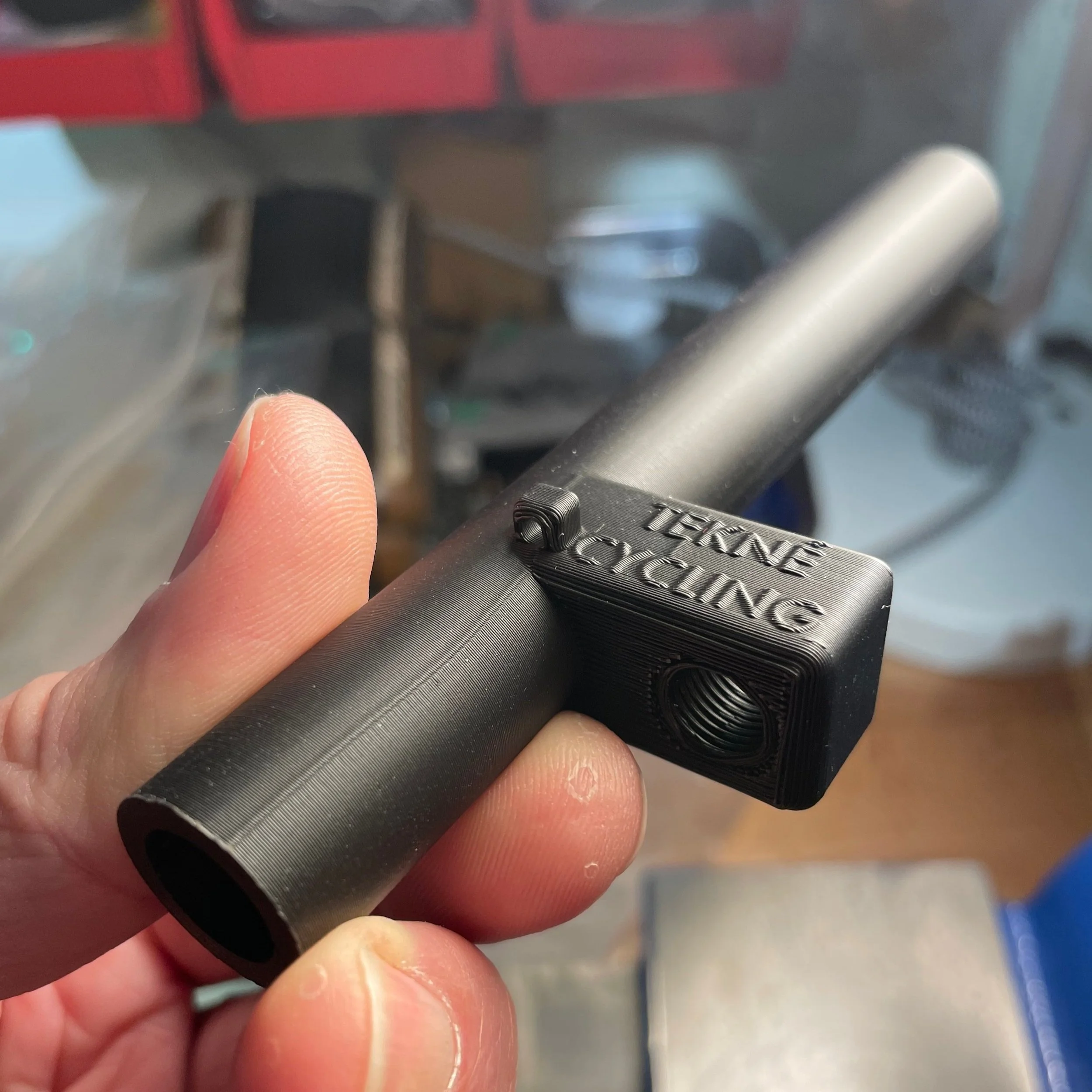
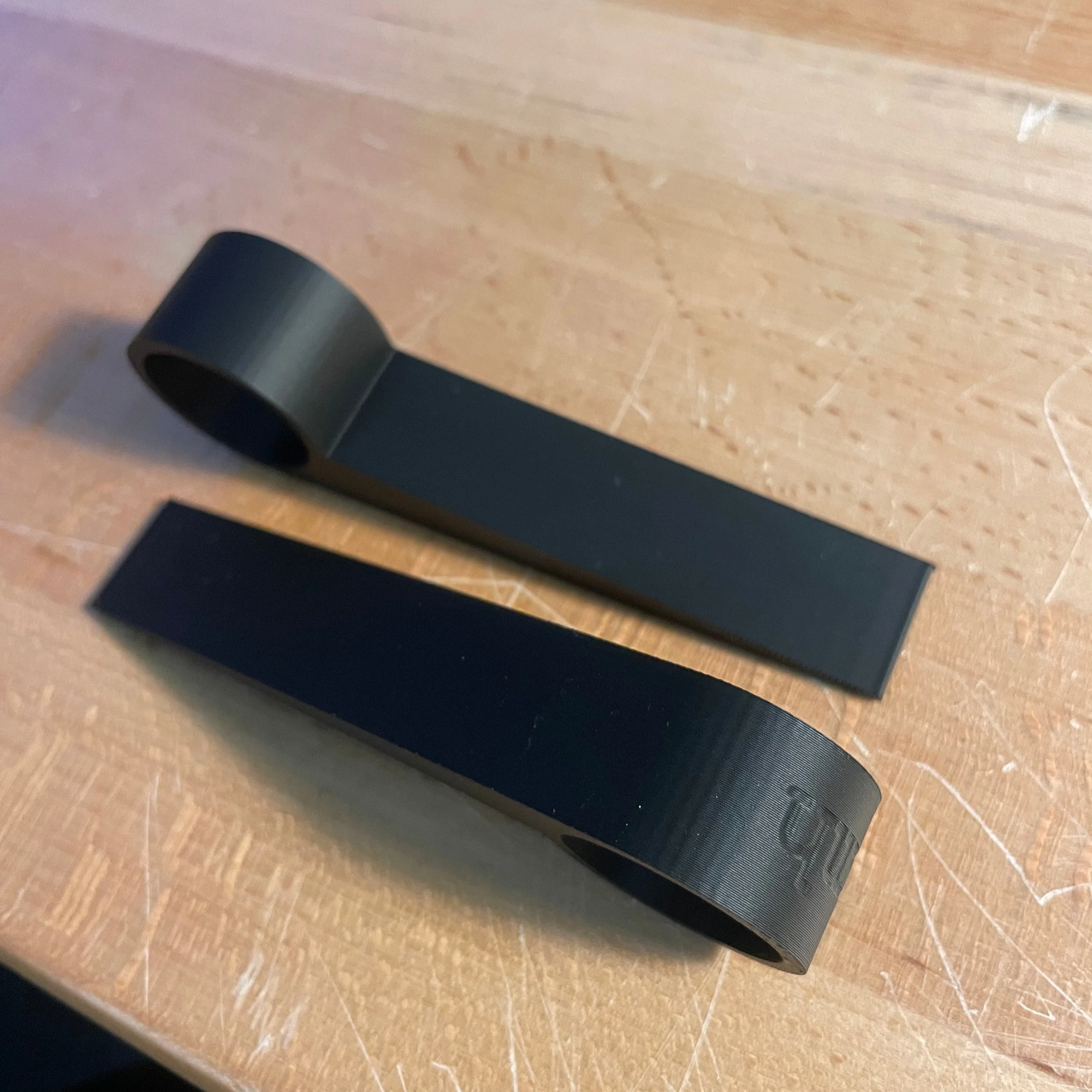
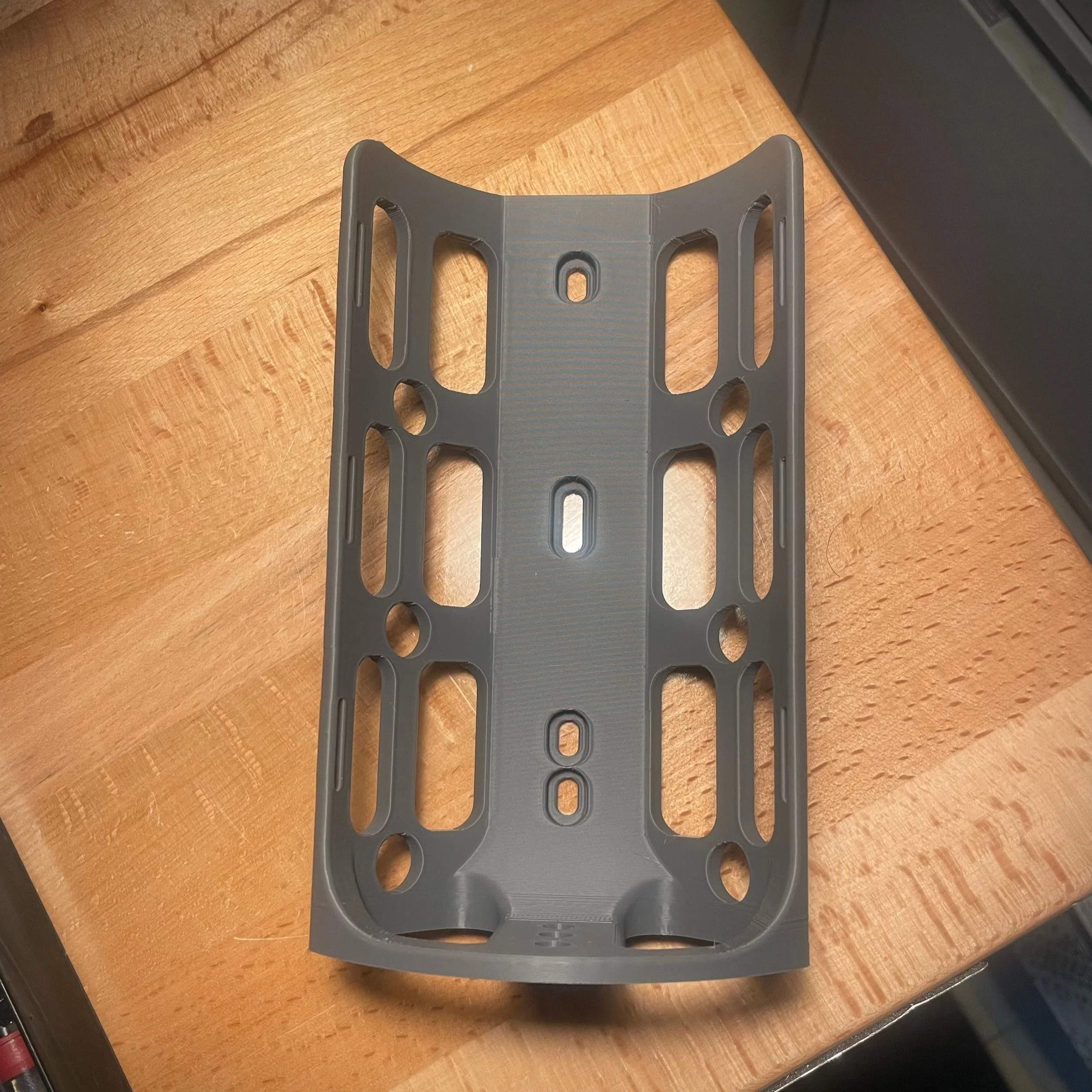




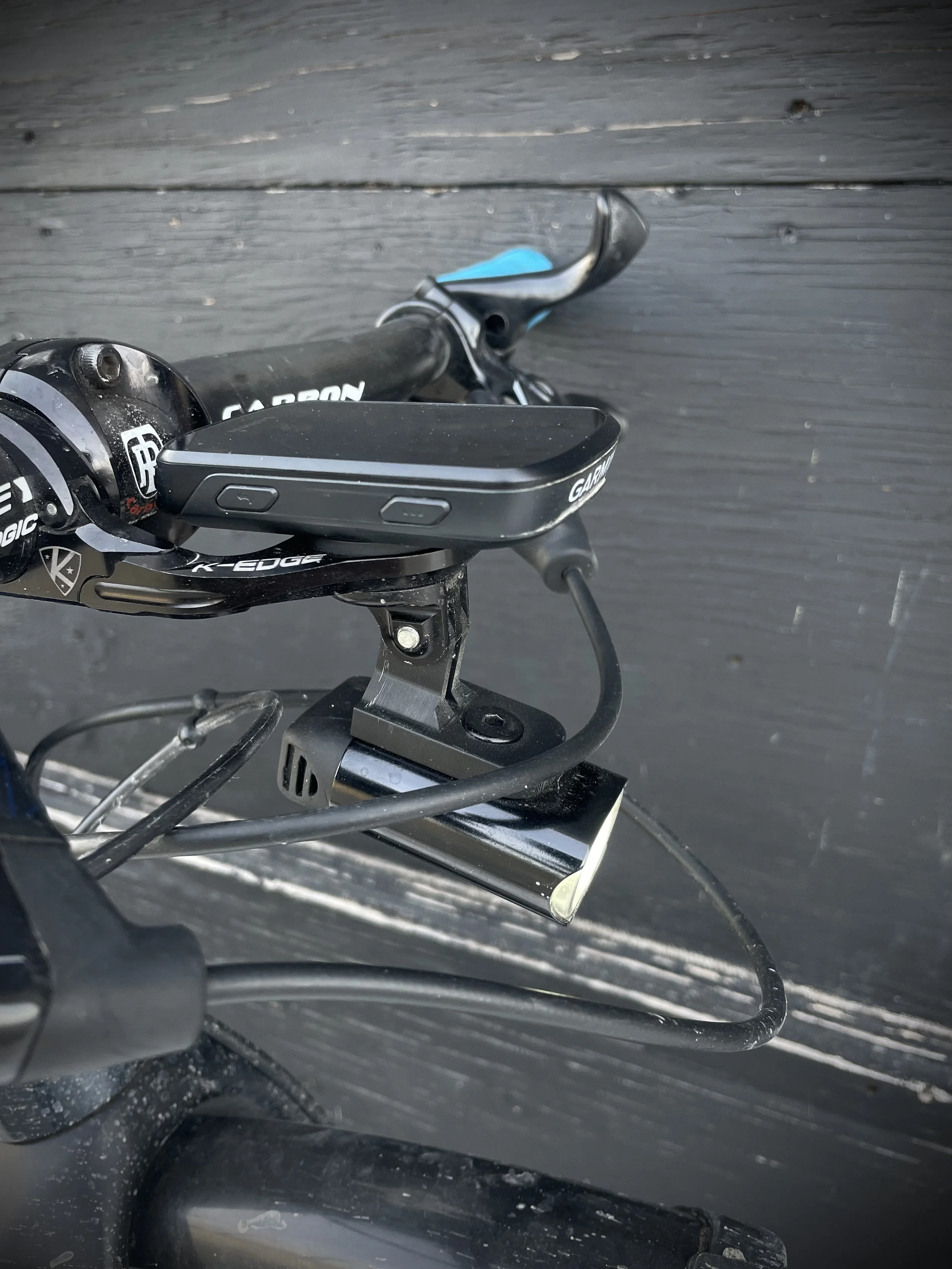
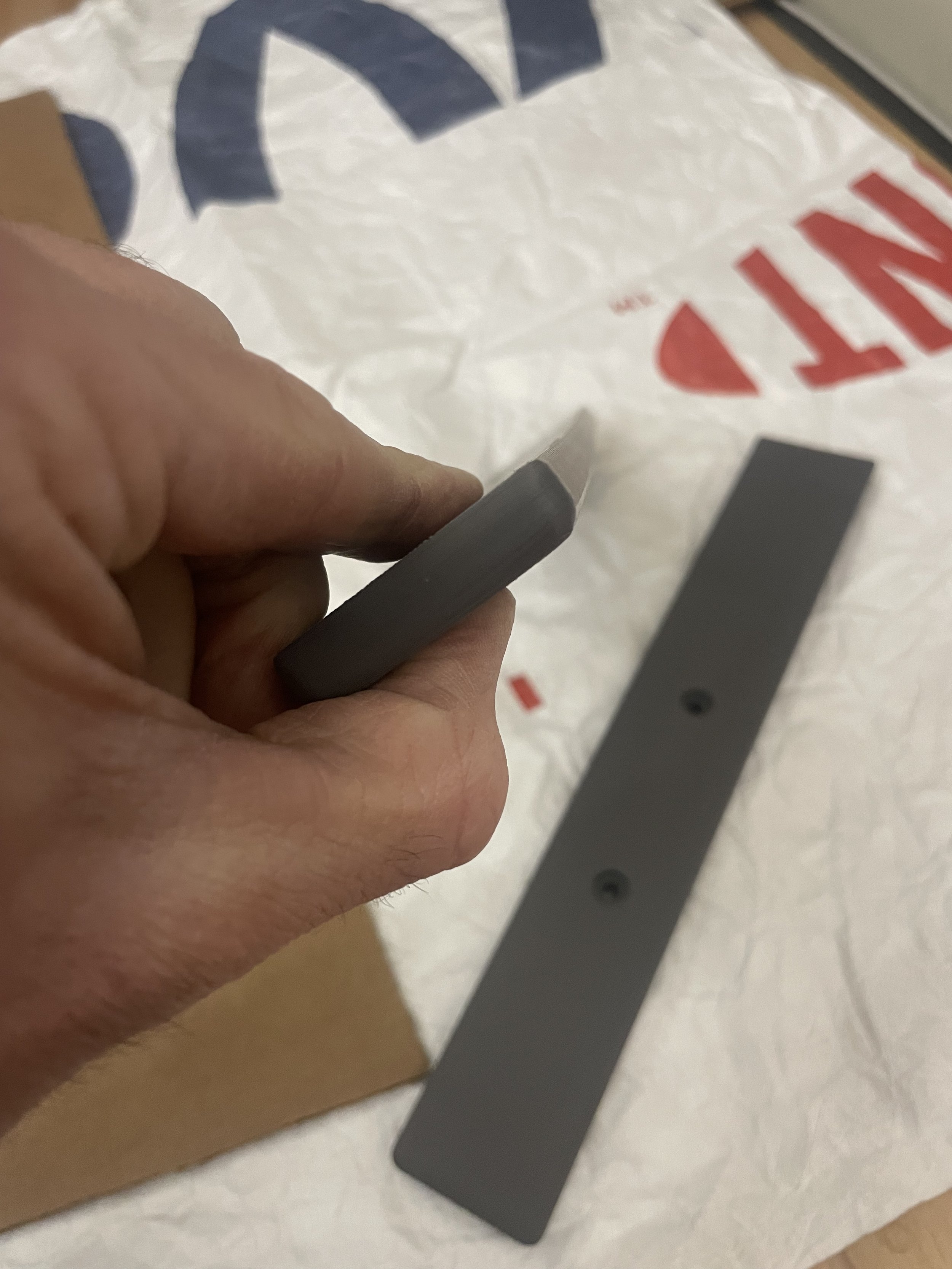
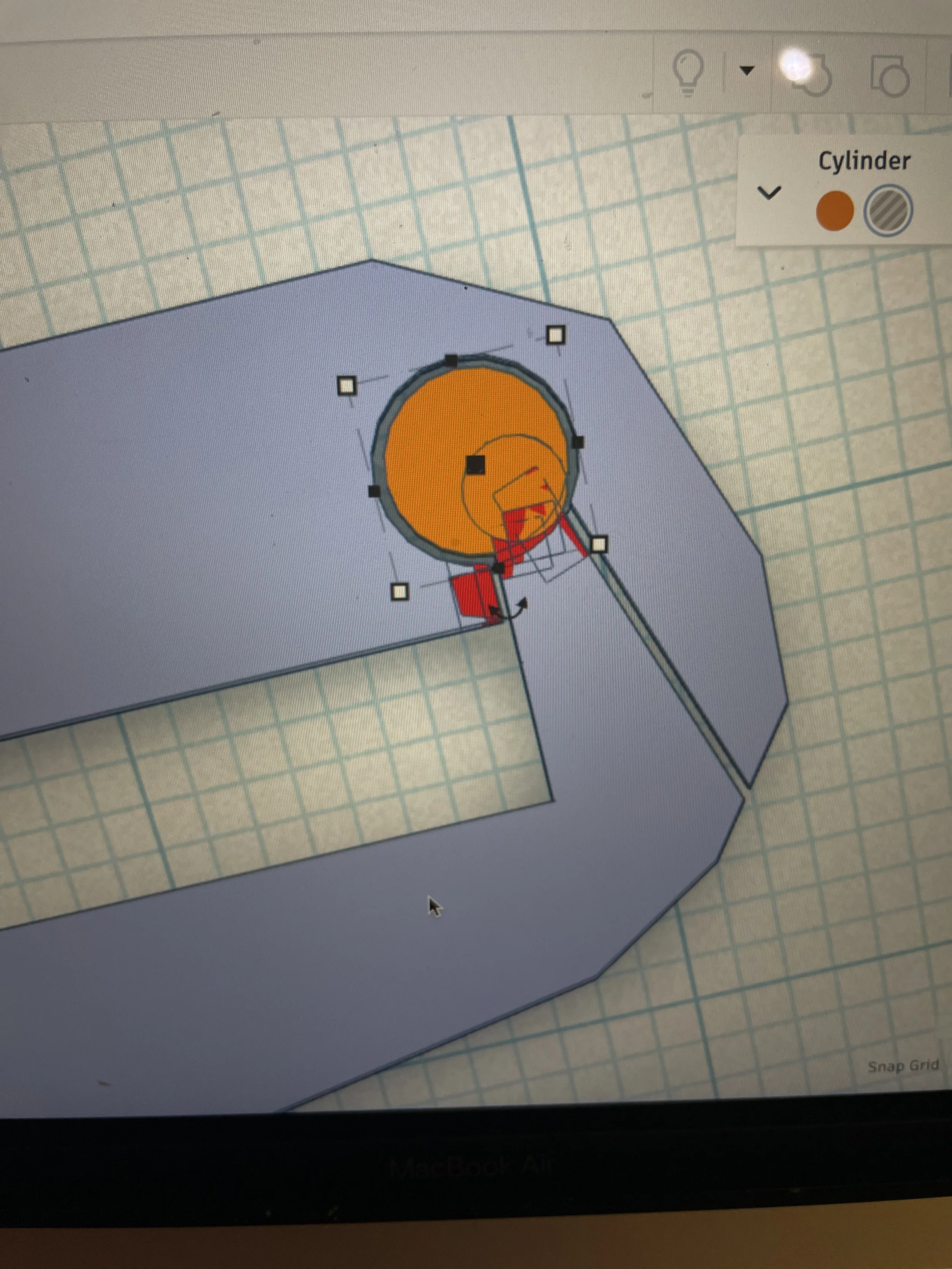
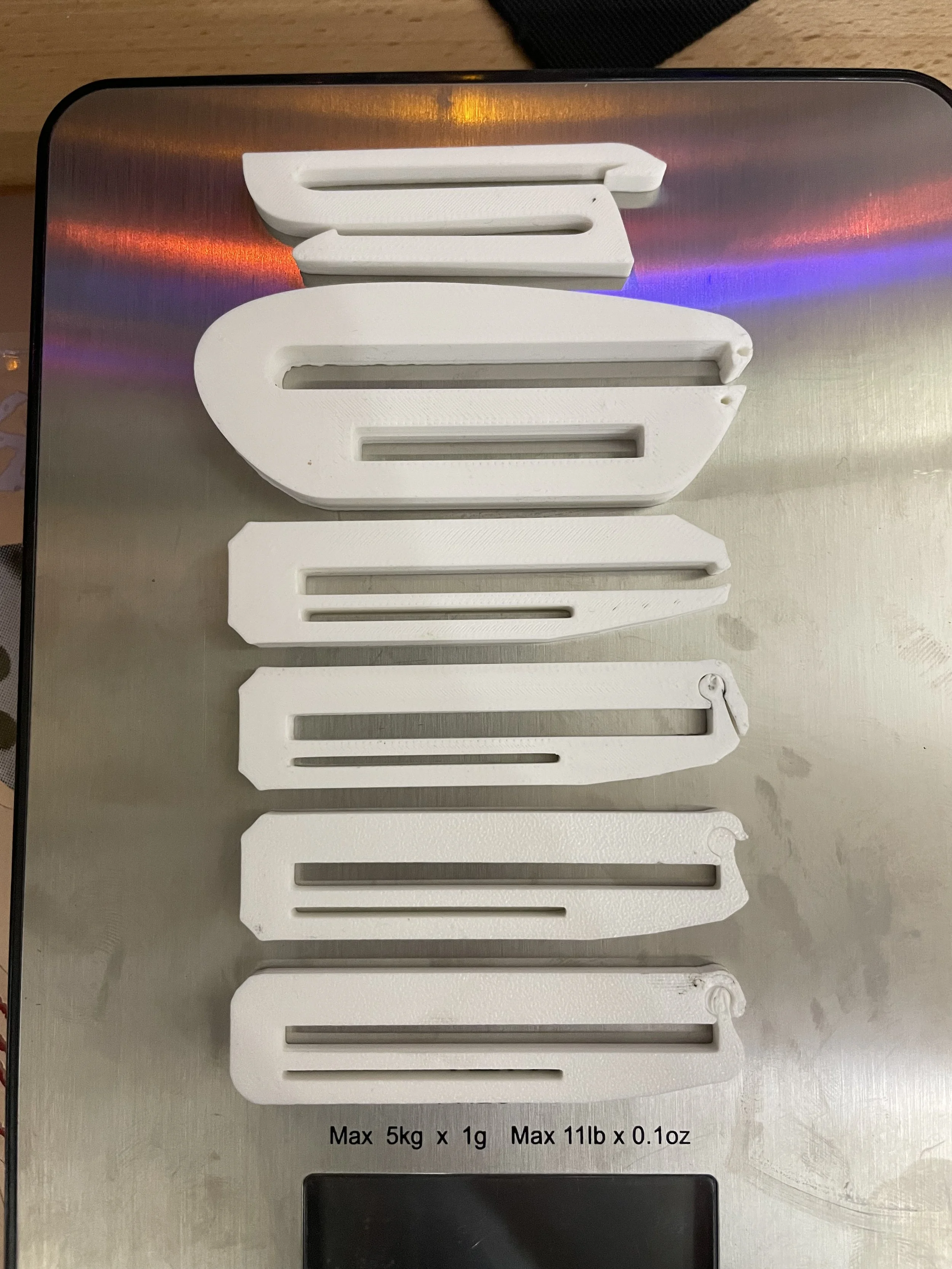


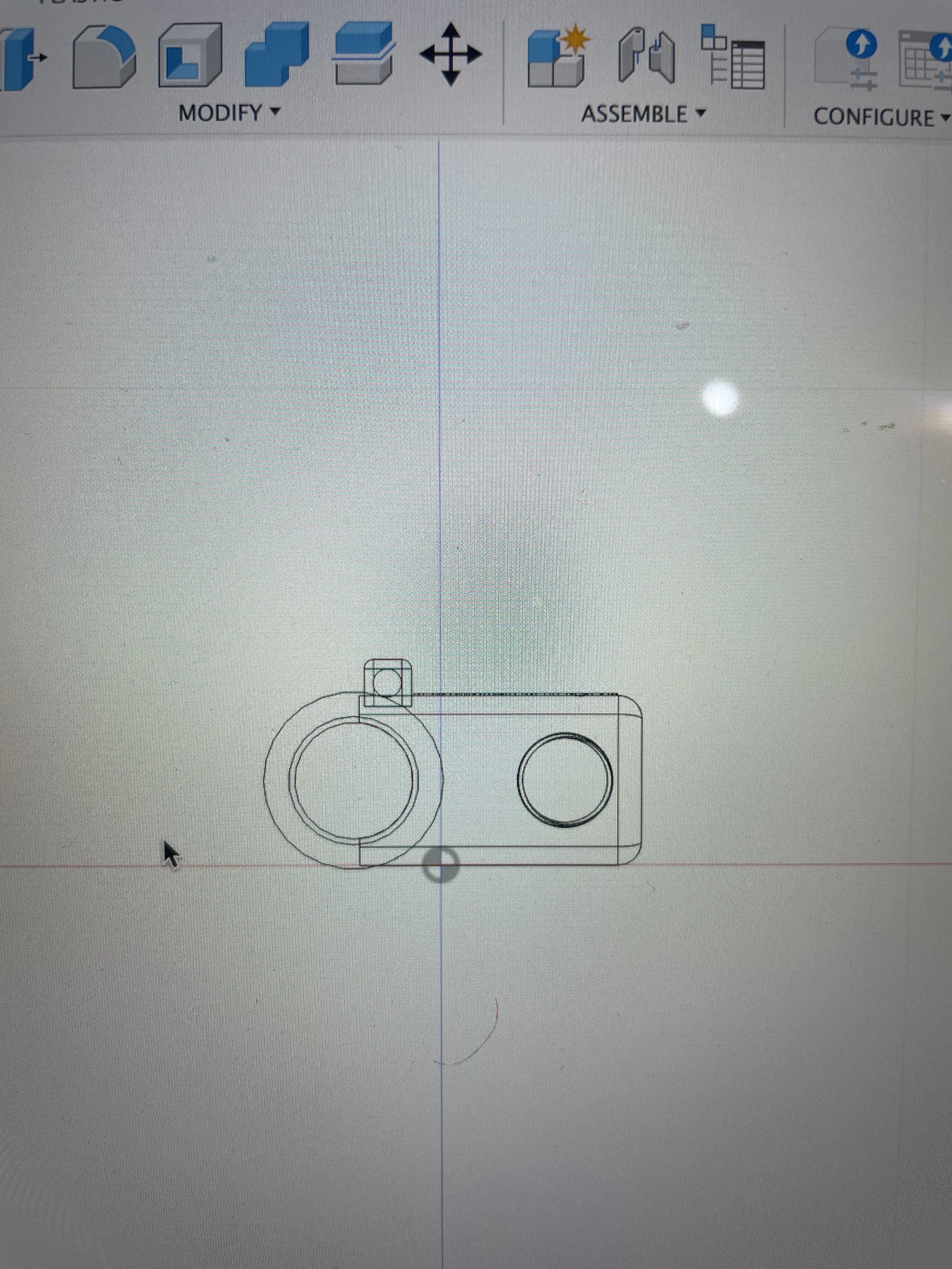
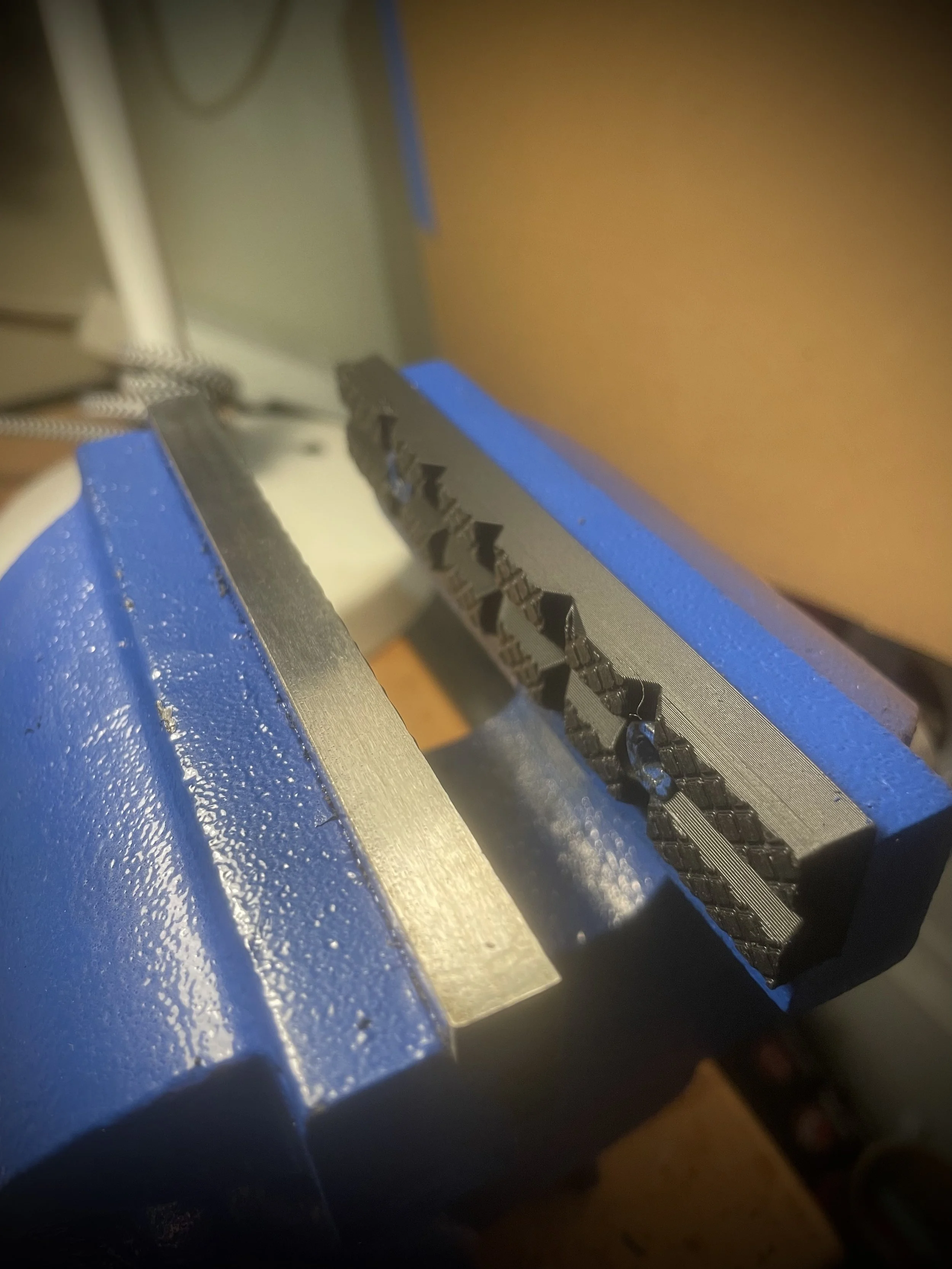
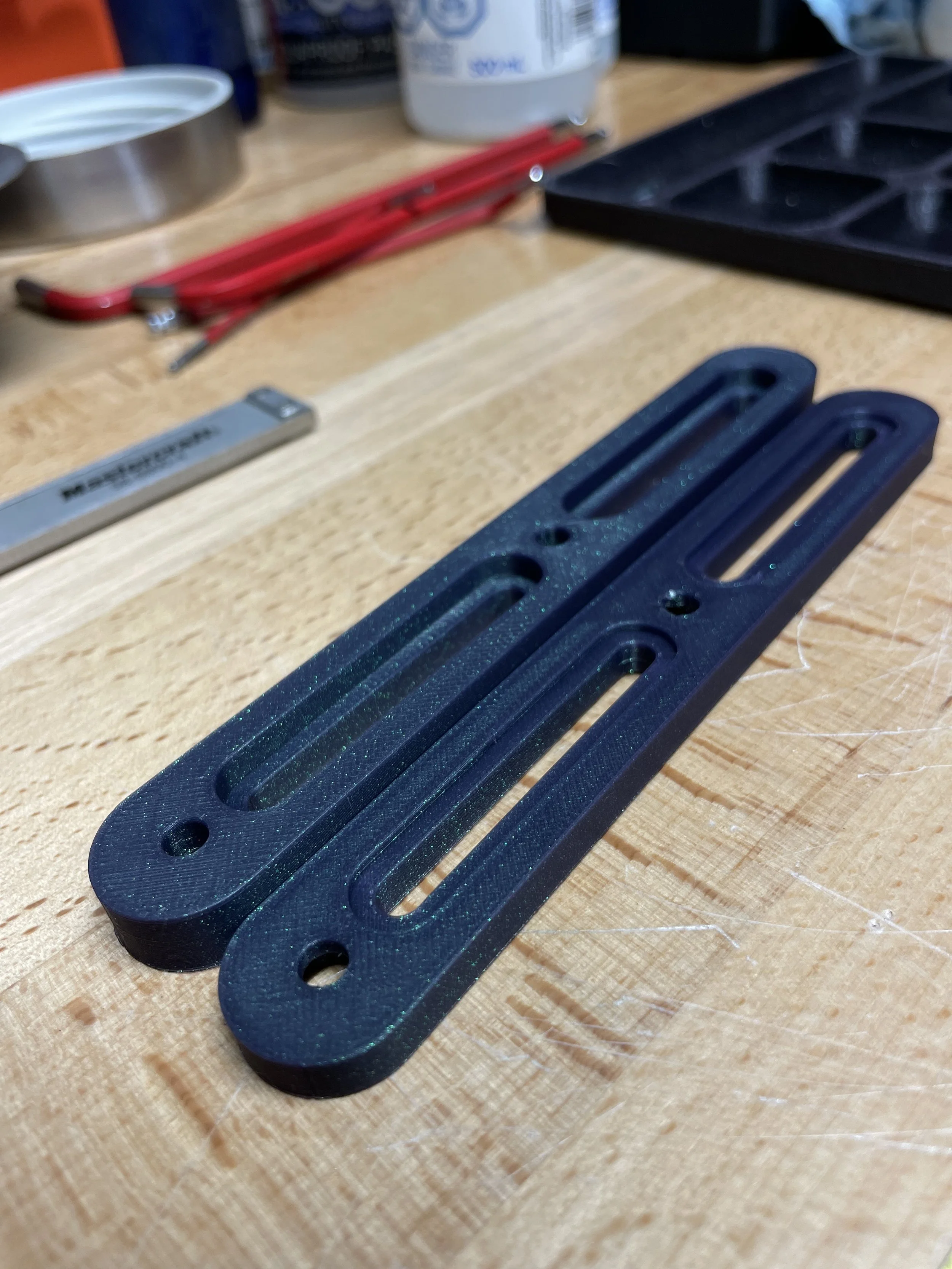
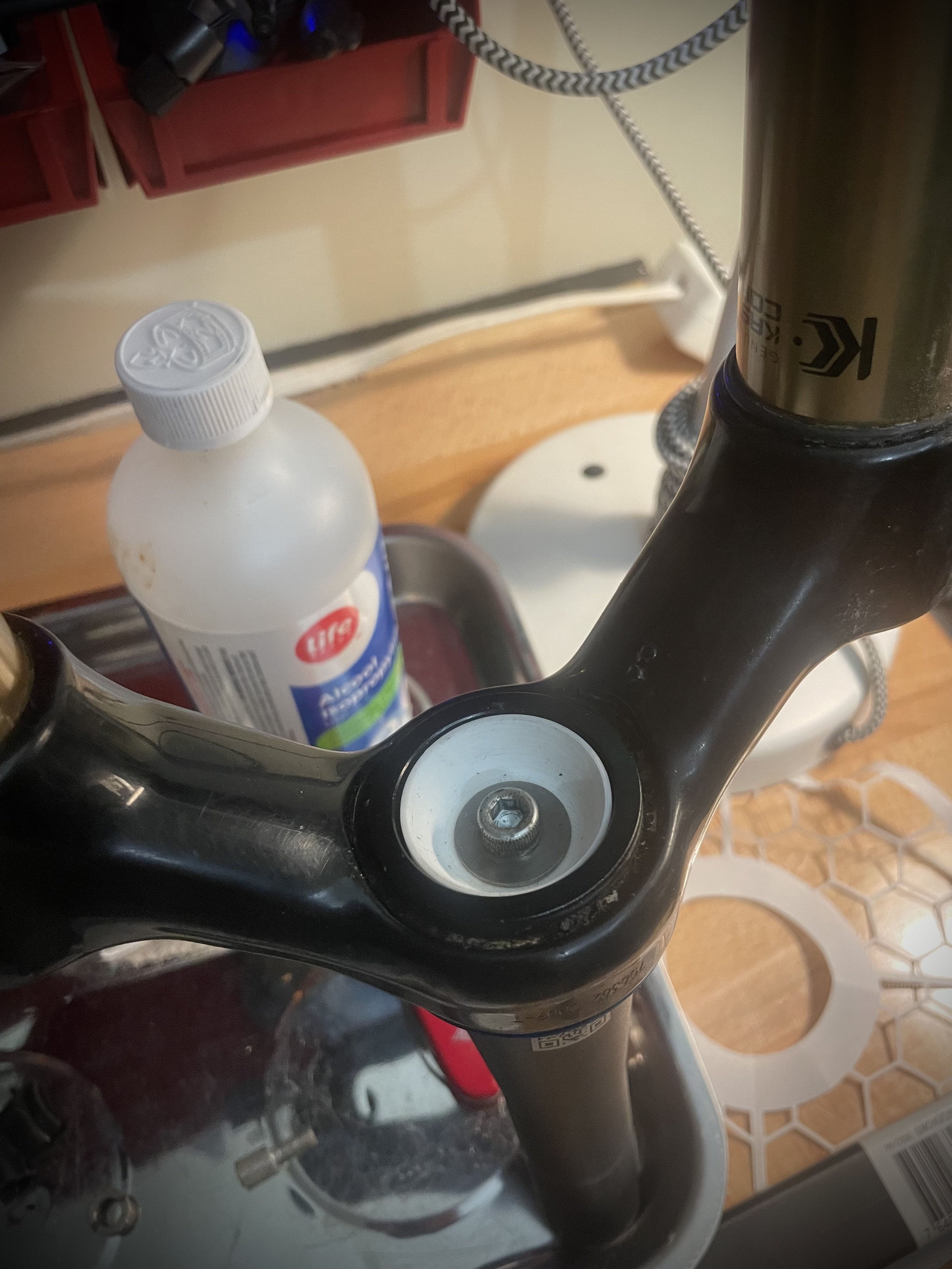

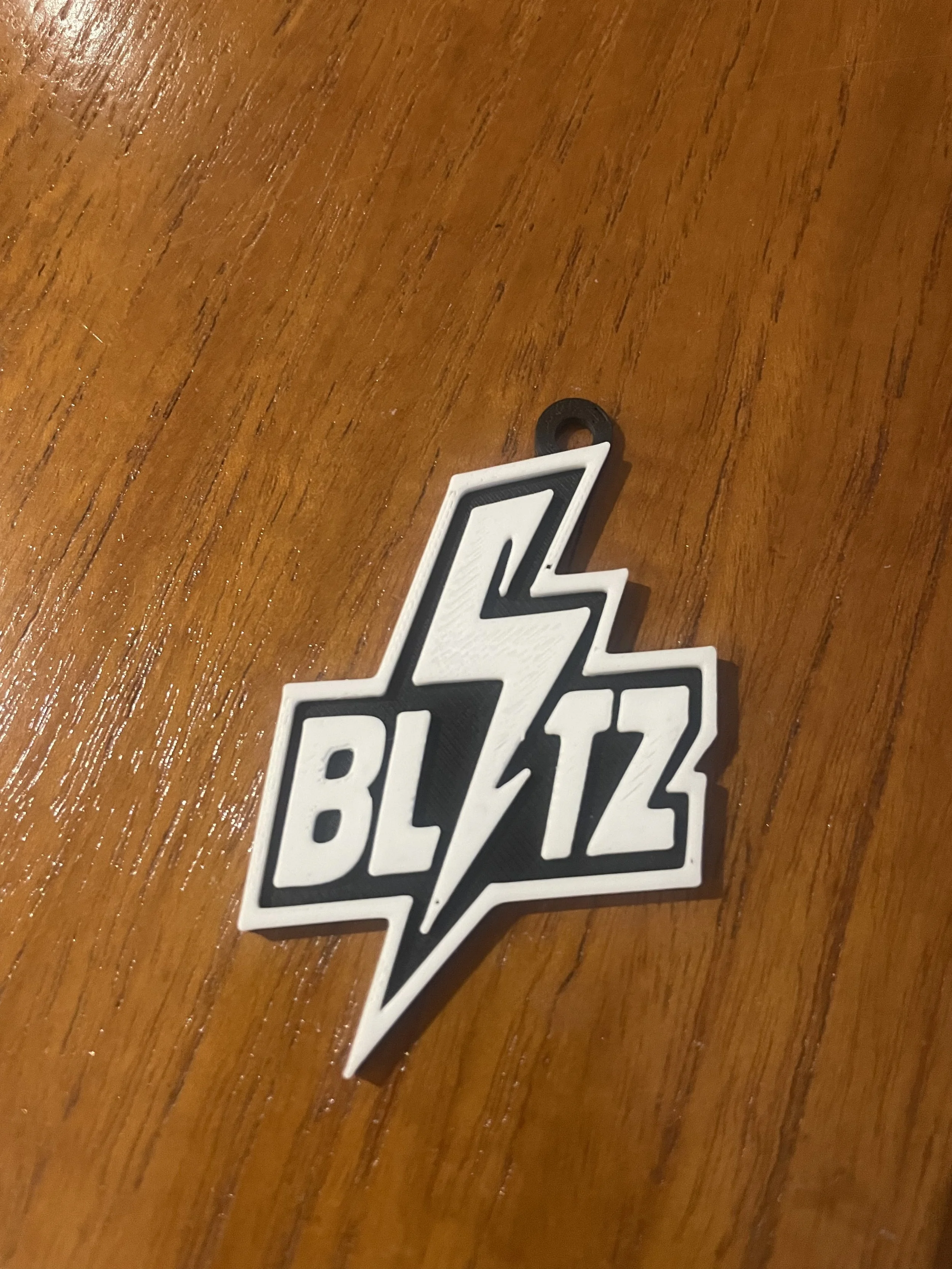


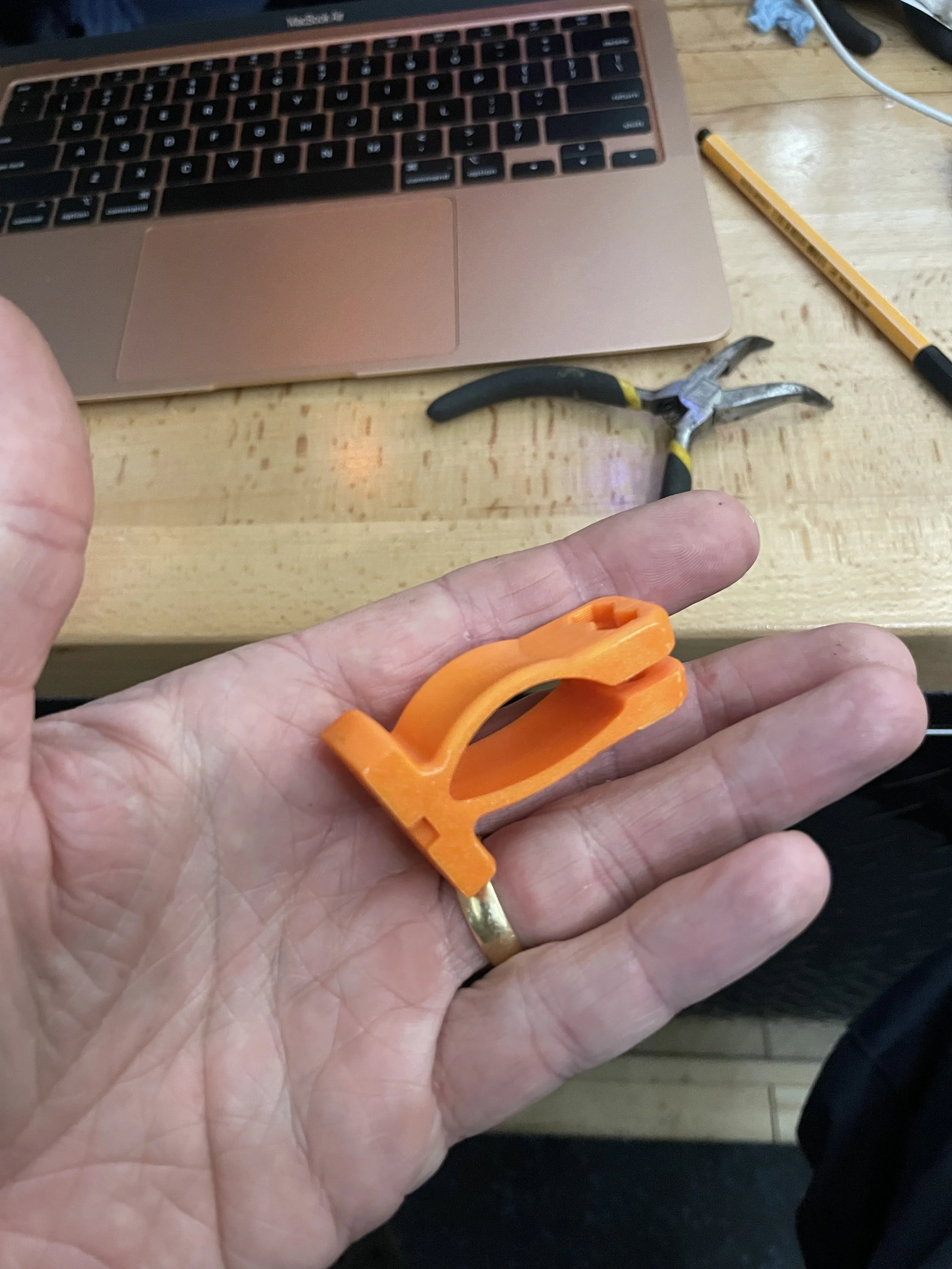


Bike travel shouldn’t come with anxiety about frame damage. The Axle Folie protects your dropouts so you can focus on the ride—not the risk.